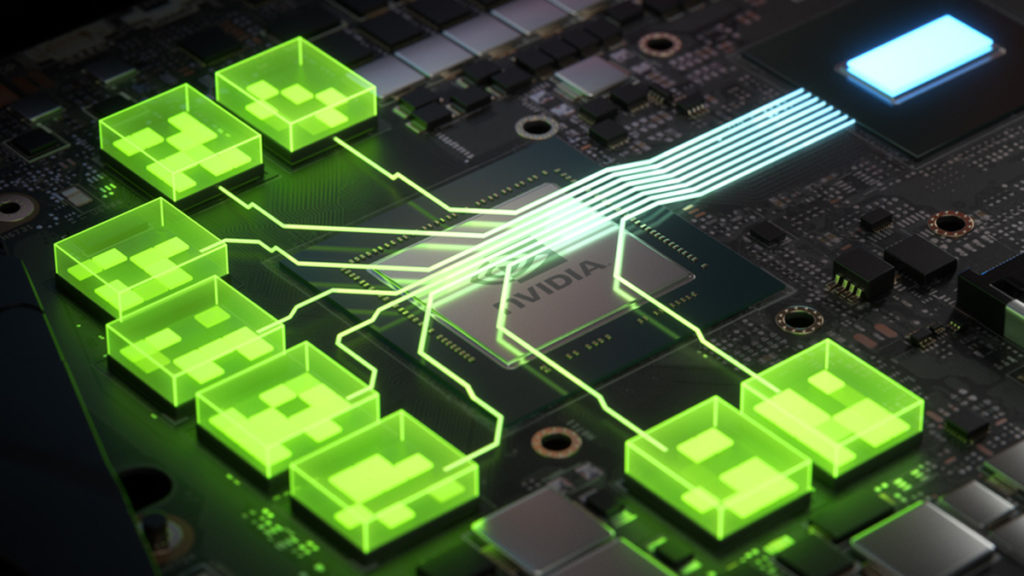
It turns out that NVIDIA drivers could be holding back performance for some PC users by leaving Resizable BAR disabled by default. Thanks to reader @Denepe, who saw a recent video by JayzTwoCents, who in turn was clued in by one of his viewers, that there’s something peculiar happening with the feature most would assume is on if any number of apps, or BIOS, report as being enabled. A quick lesson here is to not trust what is being reported by the NVIDIA App or Control Panel, nor GPUz, or even looking at your BIOS settings, as the end of the road for making sure that Resizable Bar is turned on because there can be more to having it used to just enabling in BIOS. It turns out NVIDIA Profile Inspector, yep, that age-old app many used to use for tweaking SLI and other advanced features not available in CP or the NV App, is still useful for modern GPUs. Those wanting to do testing are encouraged to download the latest version from GitHub.
Now, while NVIDIA has had a rough patch in 2025 when it comes to driver issues, there may actually be a deliberate and good reason for why its drivers are leaving this feature turned off by default, but first, let’s do a quick recap of what Resizable BAR, aka ReBAR, aka Smart Access Memory (SAM) for AMD Radeon users, is. NVIDIA first introduced Resizable BAR for its GPUs with the RTX 30 series. The feature, in essence, allows for more direct communication between the GPU and CPU to provide improved performance. A compatible motherboard, CPU, and GPU are required, and at this point in time, most PC users are likely to have already upgraded their hardware to something that is compatible.
Per NVIDIA:
- “Resizable BAR is an optional PCI Express interface technology. As you move through a world in a game, GPU memory (VRAM) constantly transfers textures, shaders and geometry via many small CPU to GPU transfers.”
- “With the ever-growing size of modern game assets, this results in a lot of transfers. Using Resizable BAR, assets can instead be requested as-needed and sent in full, so the CPU can efficiently access the entire frame buffer. And if multiple requests are made, transfers can occur concurrently, rather than queuing.”
Minimum required hardware:
| AMD Chipsets |
| AMD 400 Series (on motherboards with AMD Zen 3 Ryzen 5xxx CPU support) |
| AMD 500 Series |
| AMD CPUs | ||||
| AMD Zen 3 CPUs | Ryzen 3 5xxx | Ryzen 5 5xxx | Ryzen 7 5xxx | Ryzen 9 5xxx |
| Intel Chipsets | ||||
| Intel 10th Gen | Z490 | H470 | B460 | H410 |
| Intel 11th Gen S | All 11th Gen chipsets available as of March 30th, 2021 | |||
| Intel CPUs | |
| Intel 10th Gen | Intel 11th Gen S-Series |
| i9-10xxx CPUs | i9-11xxx CPUs |
| i7-10xxx CPUs | i7-11xxx CPUs |
| i5-10xxx CPUs | i5-11xxx CPUs |
| i3-10xxx CPUs | |
So, back to JayzTwoCents’ video. JTC was tipped off by a PC builder and did his own testing using an Intel 14700K clocked @6.1 GHz, with its E-Cores disabled and paired with an RTX 5090. Using the 3DMark Port Royale benchmark, that rig scored just over 37,109, but when enabling ReBAR via NV Profile Inspector, the score jumped to 40,409. In terms of performance boosts from ReBAR, this is nothing new. Early on, FPS gains were seen for many games. However, as happens when pushing things to their limits, there can be drawbacks as well, and NVIDIA may have good reason for leaving some cards on the table.
Mileage will vary, or worse
Not all games or system configurations will benefit from this feature, and in some cases, having it on will cause stability issues, crashing, and perhaps other unwanted problems, such as increased stuttering. Now, after three generations of GPUs in with it, some folks are forgetting that ReBAR isn’t a one-size-fits-all solution, but that doesn’t mean PC users shouldn’t consider taking things into their own hands. NVIDIA does provide a “White List” of games for the driver to enable, and so it could be working in some titles already, but it’s not a given that your favorite game is getting the better end of the deal, so it might be worth checking in to test and credit to JTC for reminding us of this. The biggest downside to this, even if it works, is that you may need to reset your profile settings after a driver update, something those of us who had to continually do for either SLI or 3D back in the day.
